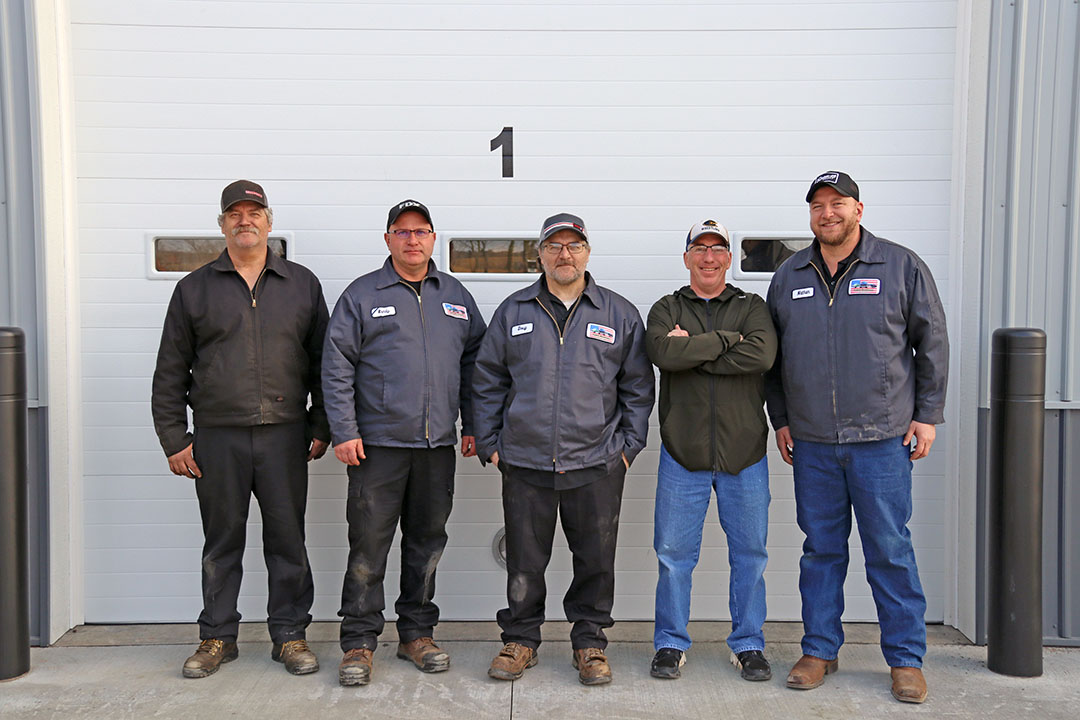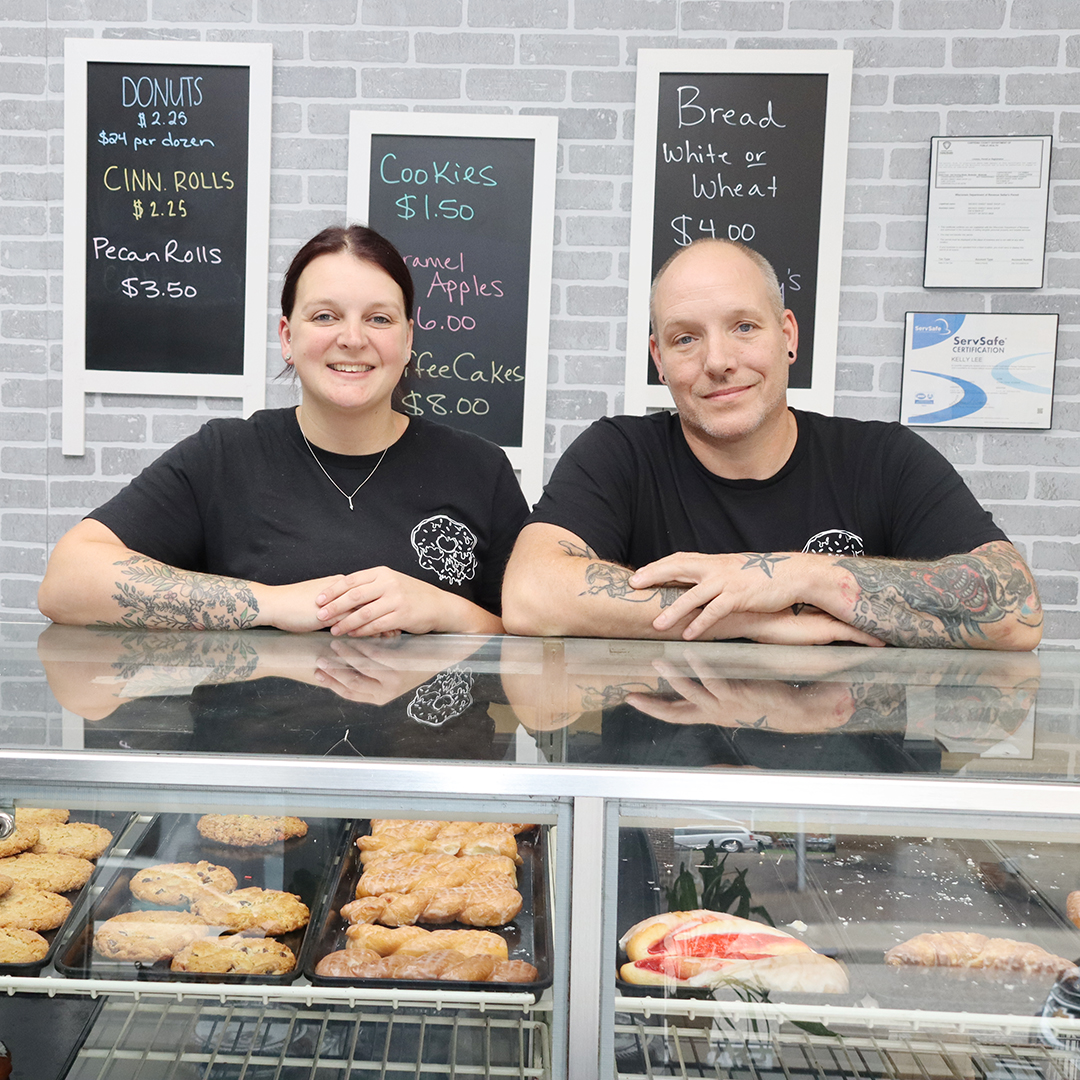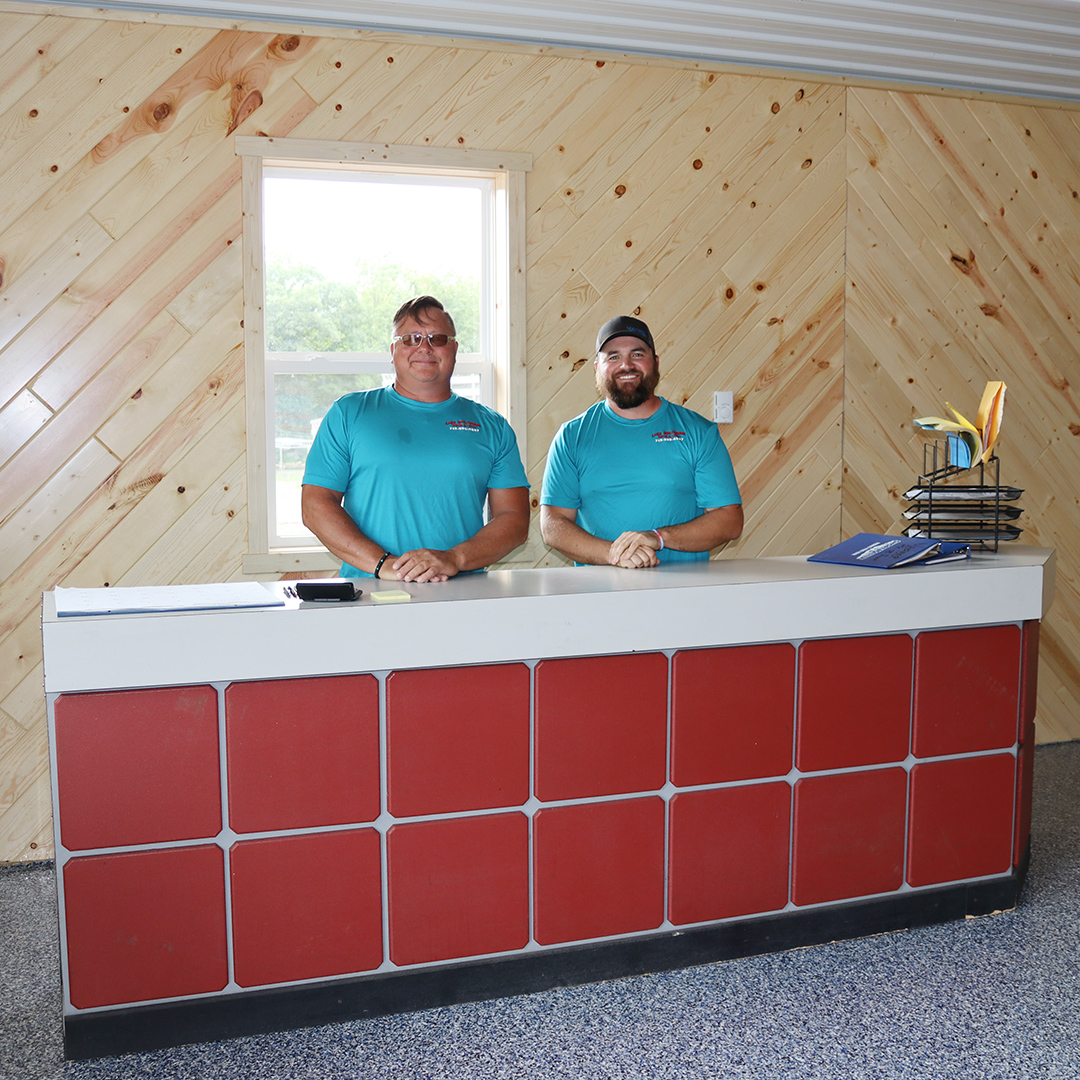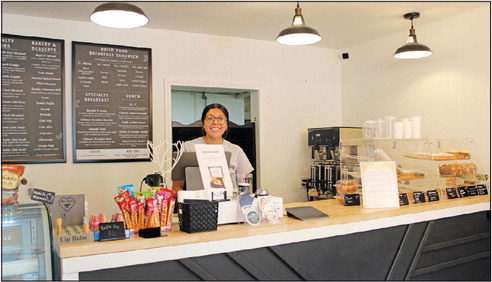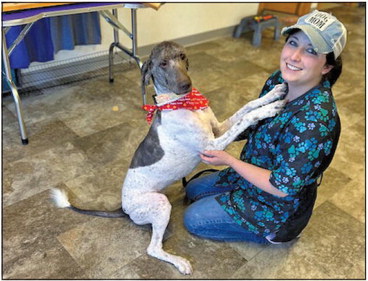History of the St. Joseph School lives on, in students and in memories
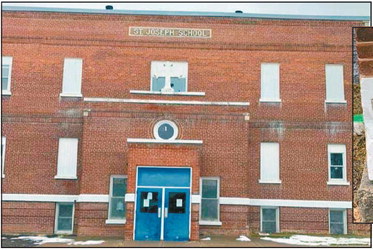

Chocolate milk in glass bottles for a penny. A popcorn stand on the northwest corner near the playground. Playing king of the mountain and ice skating on the playground.
Those are just some of the memories associated with attending St. Joseph School in Cadott, which was located at the corner of McRae and Pine streets, behind St. Joseph Church.
For 100 years, the school has served as a beacon of faith for students and parents. Until a few years ago, when the parishes of Cadott, Boyd and Stanley, combined, the school building was filled with lessons and laughter. Classes then took place at Boyd, as a central location was needed for students to attend.
With the combined location in 2013 or 2014, the Cadott structure remained empty, until the first of this February, when the building was torn down. Deacon Ned Willkom said the church school was damaged in a tornado that passed through Cadott last July, and that while the building could probably have been repaired, it made sense to make the decision to put the structure in a permanent retirement.
Wooden staircases and who knows what else not upto- code, gave the church little option but to demolish the 100-year-old structure. Obviously, saying goodbye to the building is not an easy one for those who remember attending classes there.
“I have wonderful memories of these formative years,” said former student Roberta Pabich.
Diane Greenwood agrees, and fondly recalls that the gentleman who took out the school’s garbage, would give the kids candy.
“Just a nice way to remember our days at the Catholic school,” said Greenwood.
Started in 1919, the St. Joseph School was born of an idea by Father Joseph Colling, who was something of a builder, being responsible for not only the school in Cadott, but also the Catholic church in Boyd. Colling spoke several languages, which was a good thing, as many in his parishes were those who emigrated to the United States, including the French, German, Polish, Irish and Czechs.
“We were very much an emerging, growing nation, with a lot of growing hands that were part of it,” said Willkom.
After Colling got the ball rolling, church parishioners took a day and dug the basement with “slushers,” which were horse-drawn scrapers, while rocks were hauled in for the wall. Albert Pevan was contracted to build the foundation and Peter Monarski took care of the actual building of the school.
Work on the school lagged, because of the ongoing World War I, which drove up material prices and service wages. Two labor strikes also interrupted the building process. Finally, in September of 1920, the school was completed and classes began in the two-story structure, which also included a basement.
Peak enrollment occurred in the 1960s, with 250 students to its credit, who were taught by Sisters of the Divine Savior.
“I learned the meaning of so many words out of the dictionary,” said former student Jean Berthold Frank, “because Sister Mary Francis made me copy three pages…for talking in class.”
Willkom, a 1968 graduate of St. Joseph, also remembers getting instruction from the nuns. Over time, the number of Sisters decreased and lay teachers had to be hired.
“My mother was also a student at that school,” said Willkom. “In fact, she would have been one of the early boarders.”
The school took in a limited number of pupils who spent the week living at the building with the nuns, as children who lived in the country, were dropped off by parents at the beginning of the week, then picked up for the weekend spent at home. Travel was too remote and lengthy at that time for the students to return home each day.
The Sisters and students resided on the second floor of the school, but according to Willkom, the space wasn’t ideal for residence.
“I suppose they set up a series of cots or something, and they took a limited number of them,” said Willkom. “I think of the limitations of the building as living quarters and what they lived with.”
In addition to the upper living quarters, the main floor housed classrooms and there was even a chapel in the center of the main floor. The basement held the lunchroom/activity room, where breads and desserts sprang to existence by two cooks.
The cost of a hot school lunch was 12 cents, but by 1960, the price had risen to 20 cents. Over time, improvements were made, with modern conveniences in the kitchen, while meal prices rose to keep up with food costs.
“I have many, many memories of the school,” said Willkom. “And for the most part, good ones, of the Sisters and the hard work that they put in to do their best by us, and to teach us the important elements of life.”
The Sisters taught reading, writing and arithmetic, but Willkom says they also integrated faith into everyday life and the skills needed to be successful.
The school remains at the newer (built in 1939) facility in Boyd, but the original building has now made way for a church parking lot, as off-street parking is sorely needed for the congregation. Pieces of the old building will remain, however, as the corner stone with 1919 on it was saved, as well as the big stone cross that was situated over the door of the building in the front, along with the school logo.
“The plan is to provide a little memorial spot for those things that belonged to the school,” said Willkom. “We also lost the flag pole in the tornado, of all things, so perhaps, in conjunction with a new flag pole, we can put those things there as a remembrance.”
It may have been hard watching the demolition and seeing the empty space when driving by, but memories will keep the “old times” at the Cadott location alive for years to come.
“So many of us in this community have a connection to that school,” said Frank





